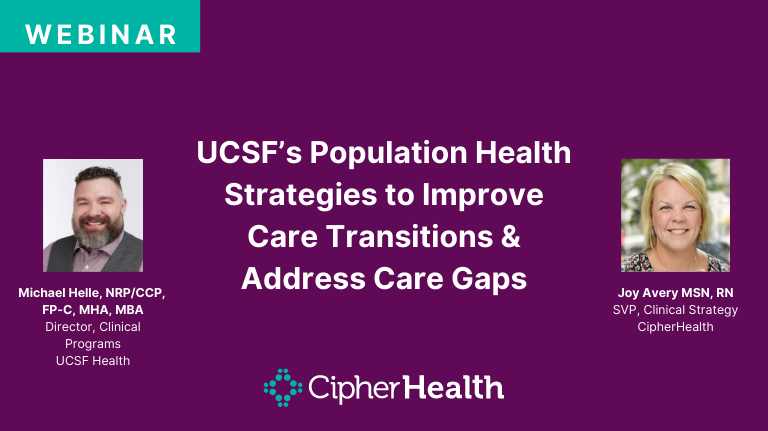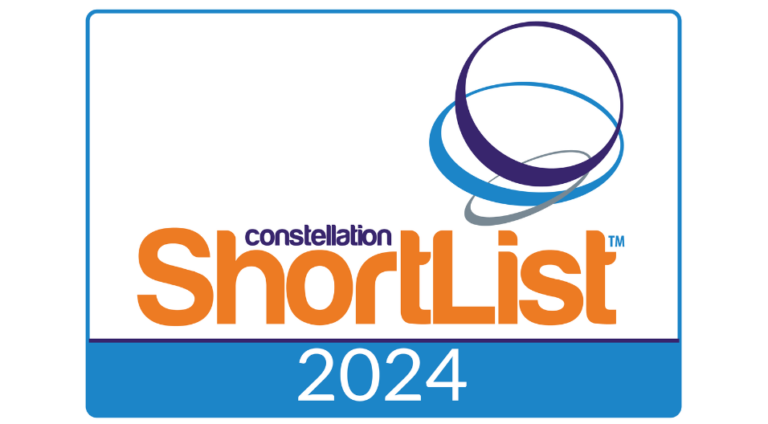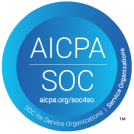The Beryl Institute Community recently asked a question about how patients respond to the HCAHPS survey based on their rounding experience – specifically wondering if a patient would provide a higher score after their concern has been addressed on the round. To answer the question, we need to dig deeper into the rounding process at an organization.
Often, providers feel that rounds should provide a clear pathway to higher HCAHPS. Although that can be true, the key is not the round, but the resulting actions due to the round. In our experience, we have found that when leaders round and resolve the issue at the bedside, patients recognize this by providing higher HCAHPS responses. This implies the leaders are conducting purposeful, meaningful rounds – not “drive-by rounds” – with the objective of proactively identifying and quickly resolving patient concerns.
While this may seem obvious, in practice it can be harder to implement. Let’s take two real examples and show how the quality of a round impacts the patient experience.
Creating Meaningful Interactions with Purposeful Rounds
At one of our client organizations, leaders rounded on a daily basis during a patient’s 5-day length of stay. During the first round, the patient indicated some confusion with the potential side effects of her medications. The leader immediately contacted the patient’s nurse, who reconnected with the patient regarding the medication’s side effects. On a subsequent round, the leader checked in with the patient to see if she had any additional questions about her medications. Although she said no, she did have an issue with the cleanliness of the room. The leader contacted EVS and the issue was immediately resolved. This resulted in the patient providing top-box responses in six HCAHPS domains, including nurse communication and cleanliness.
Leave No Patient’s Needs Unresolved
By contrast, another client identified a patient who had a 14-day length of stay after an admission through the ED. She was transferred onto several different units and had a total of five rounds. During the first round, the patient identified issues with physician communication, call light responsiveness, communication with nurses, and understanding her medications. In the next three rounds, the nurse leader did not ask if her issues were resolved, but the patient continued to express concerns about her medications. By the time the nurse leader approached the patient for the fifth round, the patient refused, saying that talking about the same issues and improvements made her too upset. Ultimately, the patient did not provide top scores in any HCAHPS domain.
These two experiences highlight the importance of resolving issues during rounds and following up promptly to ensure they are resolved. The key is identifying when issues are reported and tracking the timeliness of resolution. The issues might be as simple as a dirty floor and as complex as communication with the caregivers. Regardless of the type of issue, patients want to feel they are heard and their care is being coordinated. This gives them confidence in their care, which results in patients reporting higher satisfaction on their HCAHPS surveys. By identifying and immediately resolving patient concerns, organizations can leverage their rounding strategy to enhance the patient experience. As in the story above, checking back with the patient to see if the resolution was satisfactory is yet another winning tactic.
If you are interested in learning more about strategies to increase patient satisfaction scores or if you need additional evidence of impact, I invite you to check out the following resources:
- Improving the Patient Experience Through Nurse Leader Rounds – PX Journal
- HCAHPS Improvement Solutions – CipherHealth
- Increasing Patient Satisfaction Scores with Digital Rounding – Case Study
- Why Hospital Rounding is Still Essential During the COVID-19 Crisis – CipherHealth








